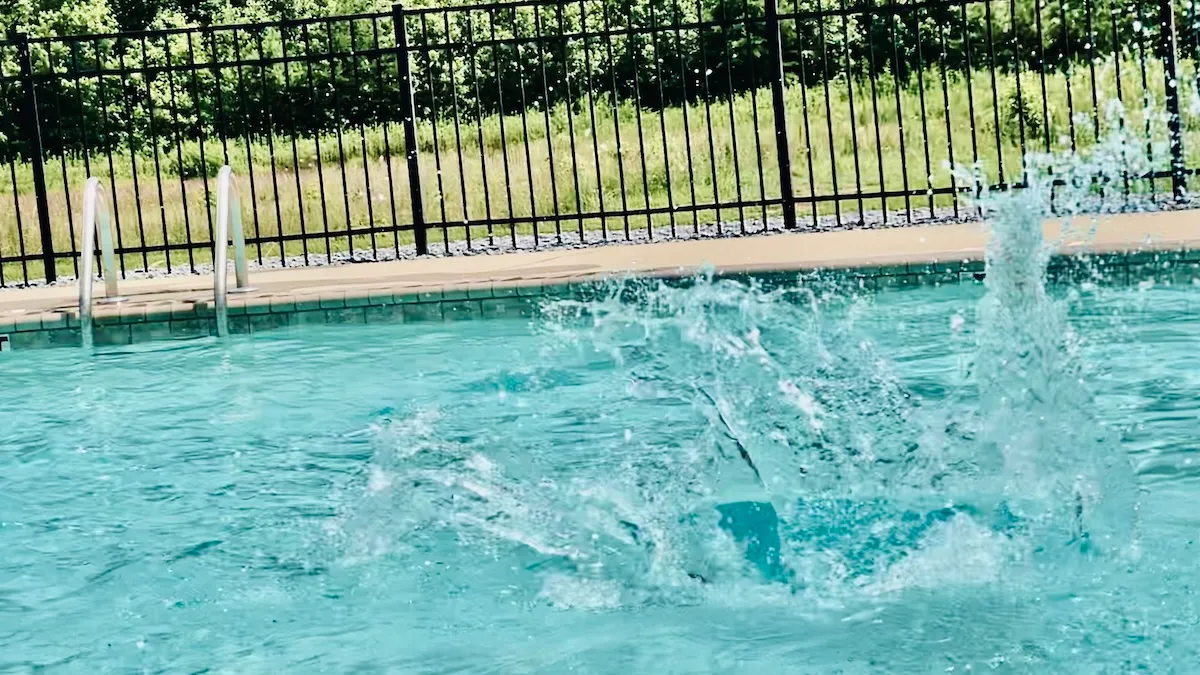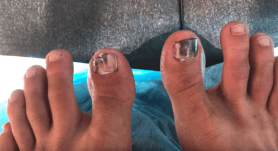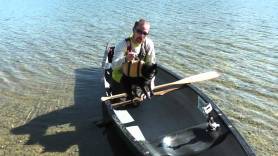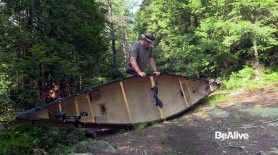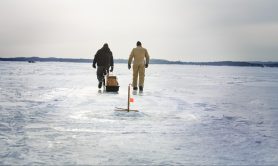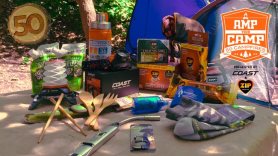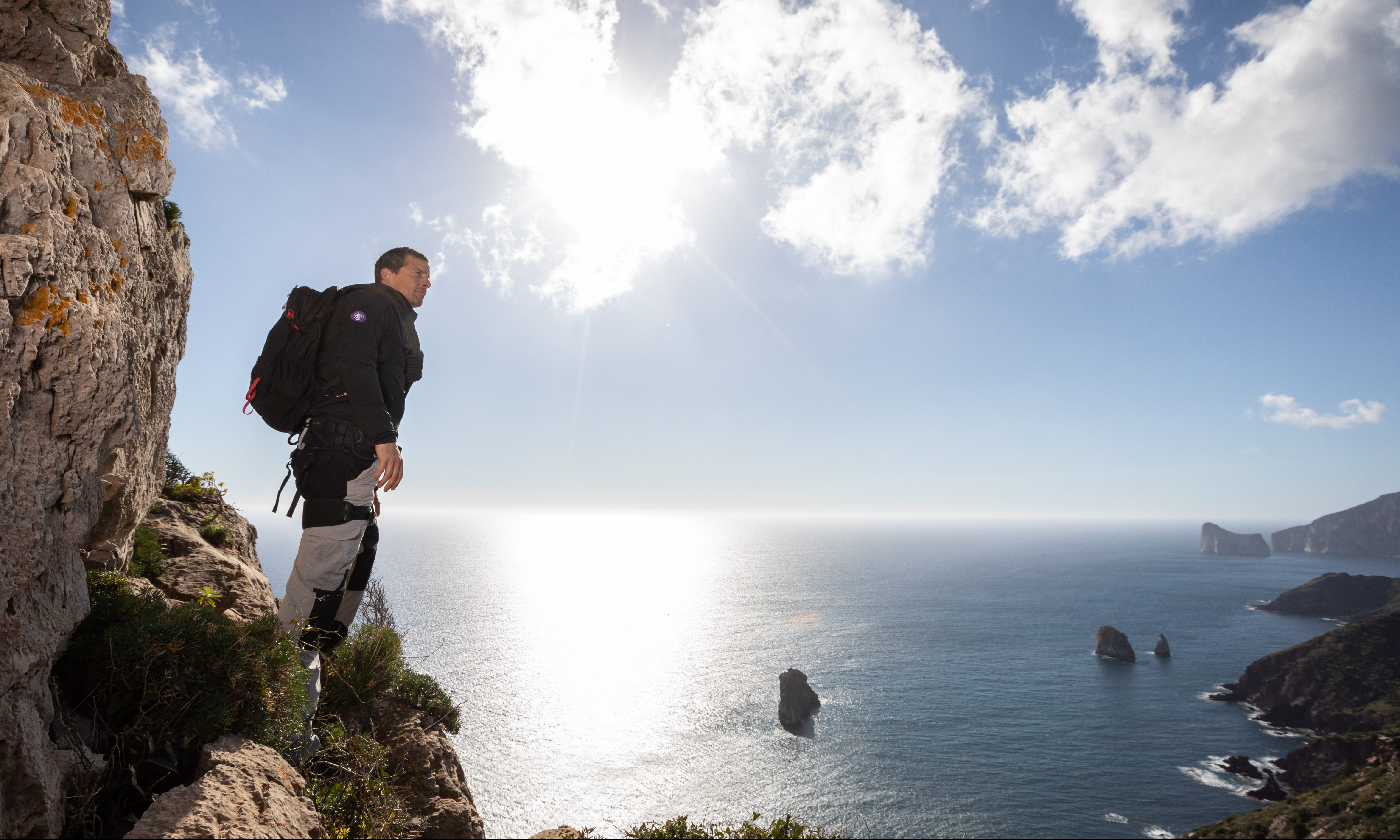

From Bear Grylls’ vast experience in survival expeditions, he’s pretty well honed his list of what gear you need to bring along. In his book How To Stay Alive, he provides some guidelines for what to pack in a potentially life-saving backpack.
Videos by Outdoors
His first rule is to keep it light. With less weight, you can move fast over rugged terrain, especially if you need to beat the weather in an approaching storm. Carrying less also conserves energy.
“In a survival situation, lugging too much stuff around with you could be a killer,” says Bear.
His second rule: Make sure your backpack is waterproof. Bear lines every backpack with a waterproof liner, even if the rucksack manufacturer says it’s waterproof. “No rucksack will withstand wading across a lagoon or fording an underground river,” says Bear.
If you don’t have a proper rucksack liner, use a plastic bag. Soldiers like to double-bag dry clothing to keep it dry, which isn’t a bad idea, and Bear suggests double-bagging anything electronic, like a radio or phone.
A good knife
“If you were to take only one piece of kit on an outdoor expedition, it would be your knife. There’s an old saying: Carry a knife, save a life. I’d be lost without mine,” says Bear.
Emergency rations
Always have an emergency stash, such as trail mix, a bag of nuts and granola or energy bars. “Put them in a small bag and wrap it all up tightly with masking tape so it’s like a solid brick,” says Bear. He likes to stow this at the bottom of his pack and if a day expedition turns into an overnight, he has some food ready.
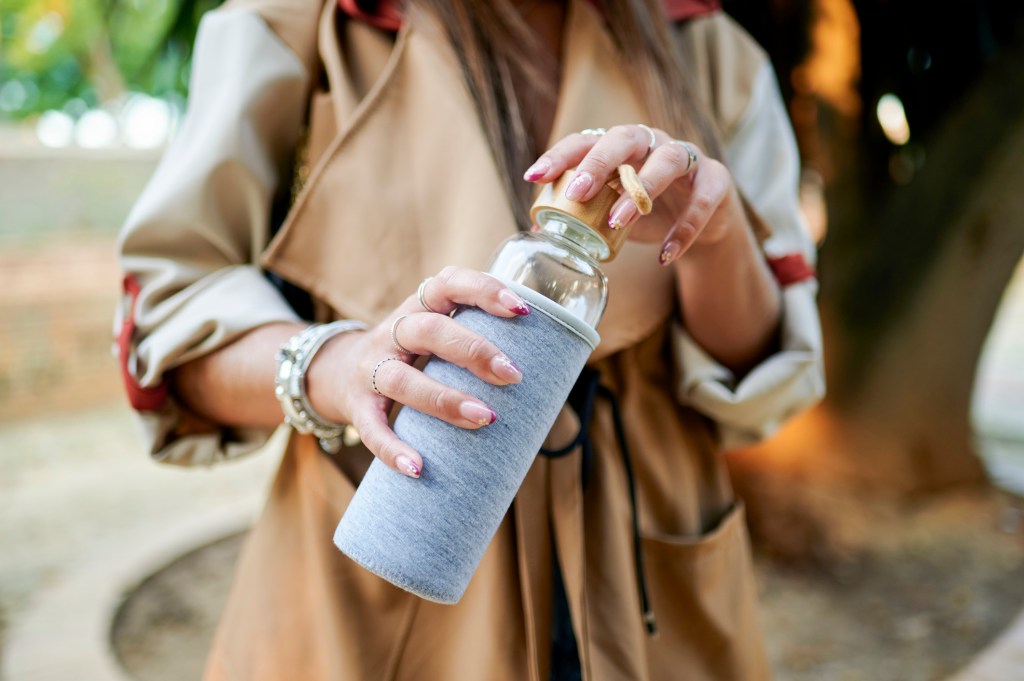
A water-filtration survival straw
These straws have built-in filters, so you can put one end into contaminated water, from anywhere, even a puddle, and you will be able to suck clean water out the top. Bear likes these as they are light, cheap and effective.
A warm extra layer
While Bear advises not to carry too much clothing, he says a warm, waterproof jacket is essential, for protection against the elements. “Try to choose one with waterproof zips, Velcro cuffs and an elasticated hem,” says Bear. “Above all, it needs to be lightweight.”
A map and compass
Always have a map in unfamiliar terrain. And while in an emergency you can find your way without a compass, bring a button compass for navigation.
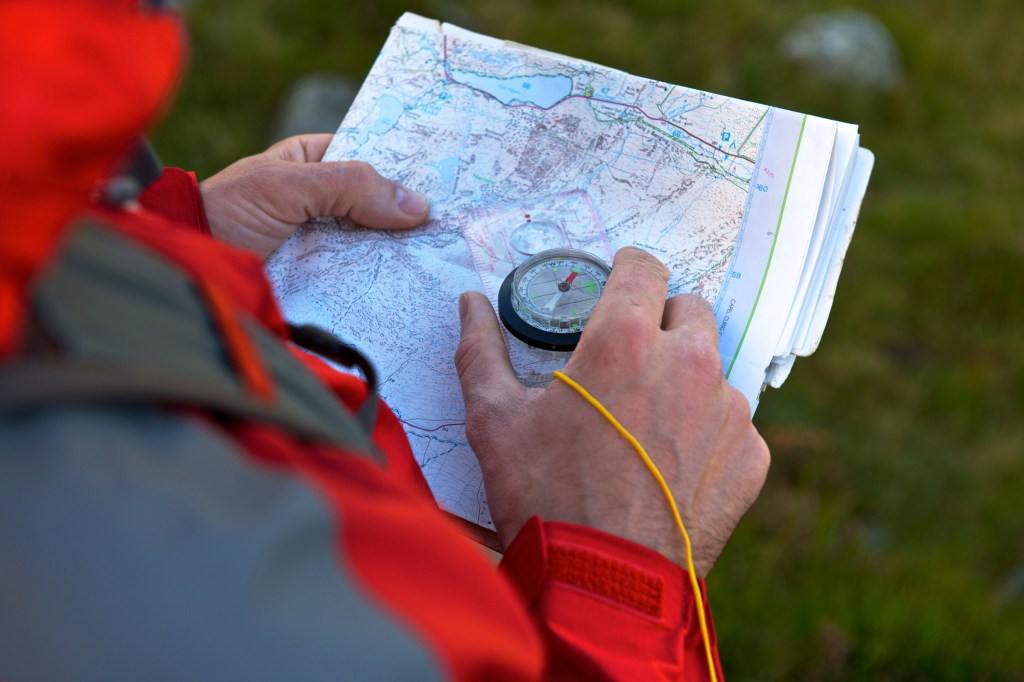
A length of cord
You can use cord for lots of things, such as building a shelter, making a raft, lacing a boot, fishing, trapping, and even as an emergency tourniquet. About two yards should be good for a useful length that won’t take up too much space.
Headlamp
Always have a headlamp with you, and always check the batteries before you leave. Bring extra batteries or even two headlamps, just in case.
Can of spray bandage
You can get small cans of liquid bandage spray, which is ideal for sealing small cuts as well as being antiseptic.
Survival tin and first aid kit
Bring a survival tin containing Bear’s eight essential emergency items, and also pack a small first-aid kit.
More from Bear Grylls:
- How to Build Shelter in a Forest
- How to Survive Sub-Zero Temperatures
- What to do If You’re Bitten by a Snake
- How to Navigate Without a Compass
- How to Deal with Injuries in Survival Situations
- How to Find Water in the Mountains
- Making Shelter in the Snow
- Priorities of Survival
- How Bear Grylls Lights a Fire
- How to Build a Jungle Raft
- Bear Grylls: Food in the Mountains Pt. 1
- Bear Grylls: Food in the Mountains Pt. 2
